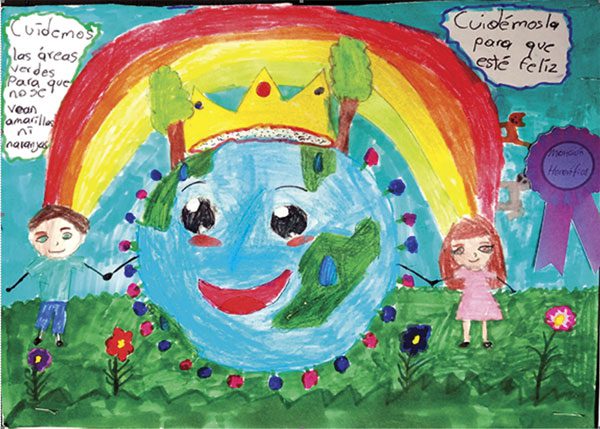Water, Or Lack Of

In 2024 I was invited to hear Dr. Eduardo Juarez Carrillo, Director of the Institute for Limnologia y Sustentabilidad, of the University of Guadalajara, speak at a gathering hosted by the Friends of Centro Pro-Mexico in San Juan Cosala. The title of the presentation was “Water Crisis of Lake Chapala.”
Problem:
How many of you have had water interruptions or shortages that you’ve never experienced before? We have water problems reported in Chula Vista Norte, Chapala, San Pedro Itzicán and West Ajijic, just to name a few areas.
Water Facts:
Only 3% of the earth’s water is fresh water. 2.5% of the earth’s fresh water is unavailable: locked up in glaciers, polar ice caps, atmosphere, and soil. It is highly polluted or lies too far under the earth’s surface to be extracted at an affordable cost. 0.5% of all the earth’s water is available as fresh water.
Fresh water use can be broken down as follows: 70% is used in agriculture, 20% is used by industry, and 10 % is used by humans.
Lake Chapala is a tectonic lake. Even though we had a good rainy season in 2024, we have been in drought for the last 5 years (due to El Niño). Lake temps in the last five years are up 3%. This is devastating for our environment. Lake Chapala, the largest lake in Mexico, contains 20% of all the fresh water in Mexico.

Lake Cuitzeo has lost 70% of its water in the last five years. All but six of the original 19 species of fish have been lost due to drought. Our cenotes in the Yucatan are also drying up. Deforestation of our areas also contributes to climate warming and less water availability for humans and other species.
We get our potable water from fresh water, deep wells (not the lake). These wells access our water aquifers. The aquifers are replenished when rain, storm water and the flow from rivers, streams and creeks seeps into an aquifer. Water also gets into the ground as farmers irrigate fields and orchards. The primary problem is that with continued growth in our area, we are tapping our aquifers before they can be completely replenished, making access harder, leading to deeper well digging. As a child I would go to work with my dad, a civil engineer. At times he was tasked with digging a well. Back then we might have had to dig 40 or 50 meters to hit water. Present wells are being dug from 150 to 250 meters to reach water. If we continue along this path, we may not have water to access.
Along the Lerma River delta that originates in the state of Mexico, and feeds Lake Chapala, and that goes through five states of Mexico before arriving at Lake Chapala, the rivers have illegal dams that have been constructed primarily to siphon off water for agricultural use. Add to this water concessions that have been sold by the government to industries for their use, and the irresponsible use of industries dumping into the river, and we end up with little of the total river water reaching our lake. The water entering Lake Chapala from the Lerma River is highly polluted with heavy metals and other toxic substances because of insufficient wastewater treatment by the many industries operating near the Lerma River.
Solutions:
We can educate ourselves as to how water arrives to our homes and be conscious of how we use it and try to conserve as much as possible.
We can discuss the problems we are experiencing and seek possible solutions. We can speak to our Mexican neighbors and ask if they can work toward educating our government representatives to help change our infrastructure.
We can take shorter showers.
We can water our plants in the early morning (preferable) or late afternoon. This reduces evaporation. We can mulch as much as possible to do the same.
We can exchange water thirsty plants and lawns for drought tolerant options. We need to change our perception of what is beautiful.
Don’t wash your automobile or vehicle with a water hose. Do as the locals do and use a bucket and rag. Or have one of the many people who offer to wash your automobile wash your vehicle. It provides jobs and helps to keep our economy local.
Turn off faucets when not in use.
Make sure leaks and drips are repaired. Continual leaking and dripping can also cause damage to your home.
Install gray water systems for reuse of water.
Install rainwater catchment systems in your home. A pilot program in San Pedro Itzicán was started, thanks to Corazon de la Tierra, with 40 systems now installed.
As we learn more about Earth’s amazing natural systems, it becomes clear that they are all interconnected, and we are part of those systems. Taking care of our earth is logical. As we chart our way through these global changes it becomes clear that the changes will affect us all.
- Verdant View – December 2025 - November 29, 2025
- Verdant View – November 2025 - October 30, 2025
- Verdant View – October 2025 - September 29, 2025


 Discover trusted local services and hidden gems with our easy-to-use online directory.
Discover trusted local services and hidden gems with our easy-to-use online directory.
